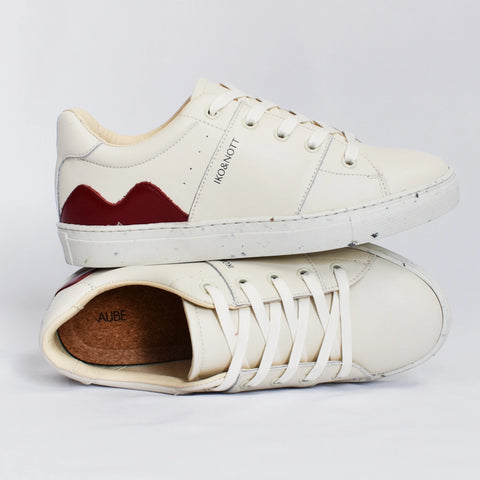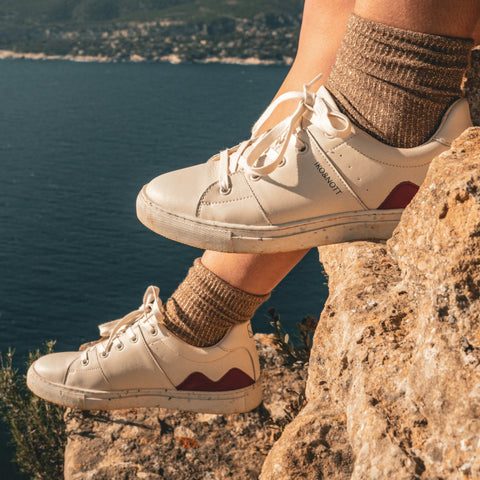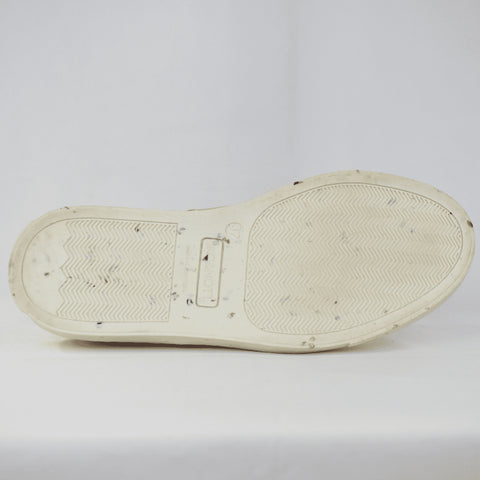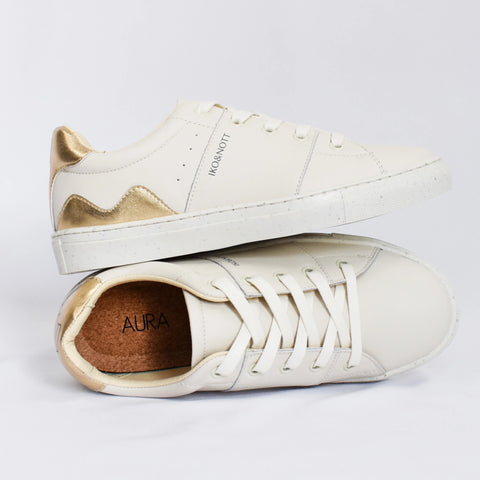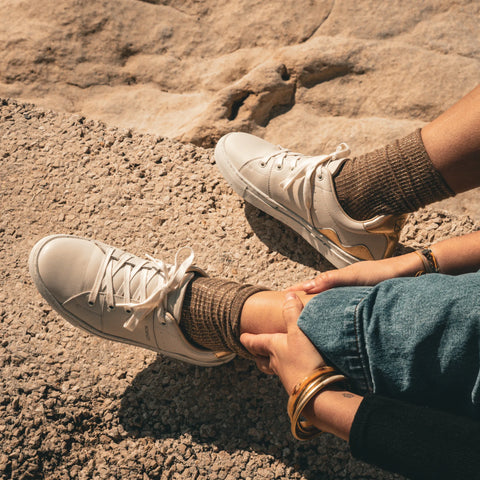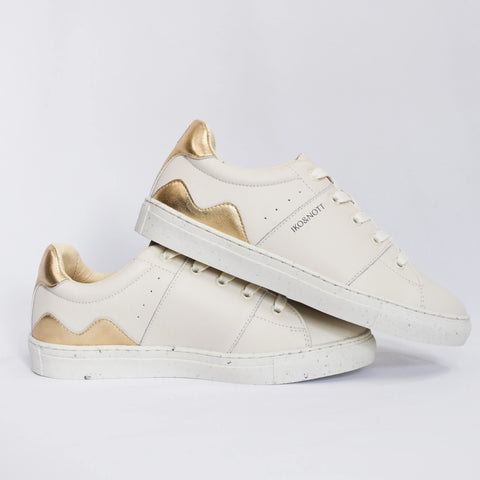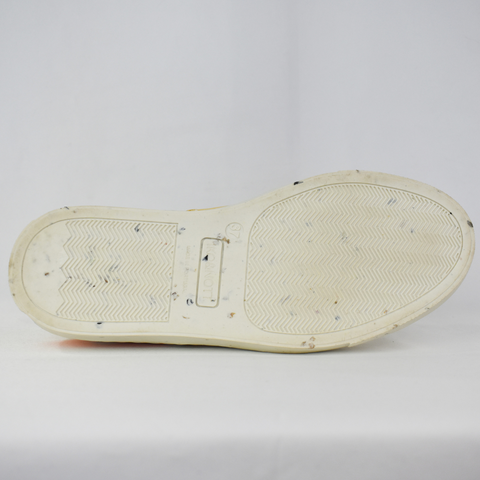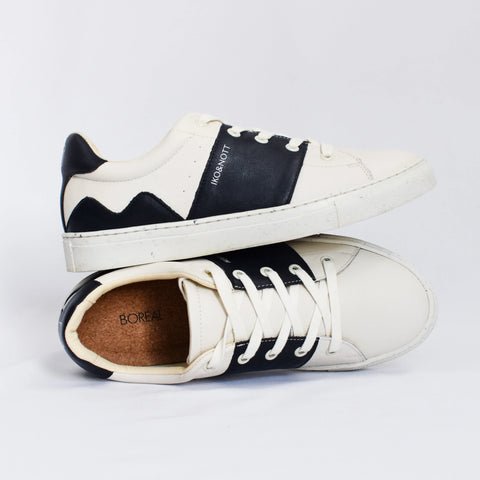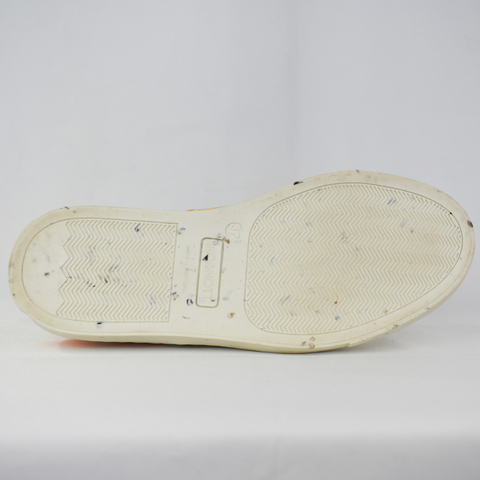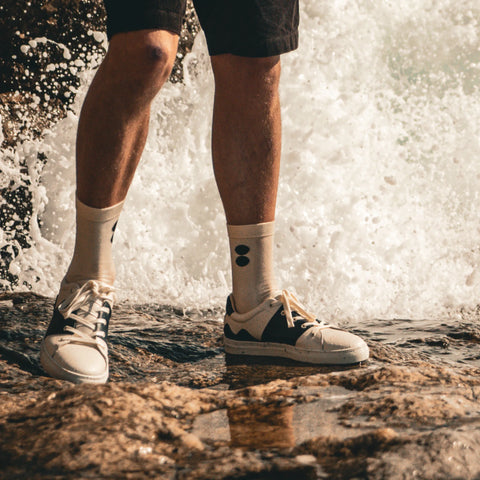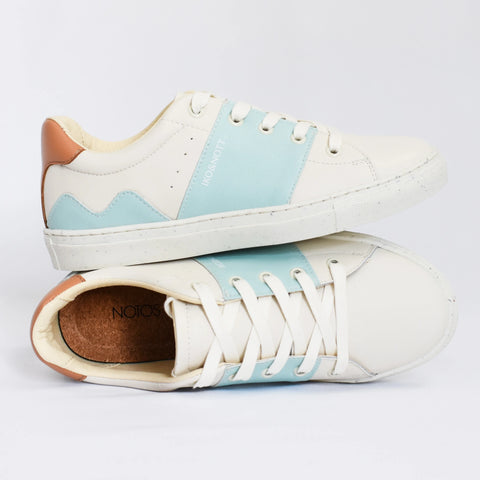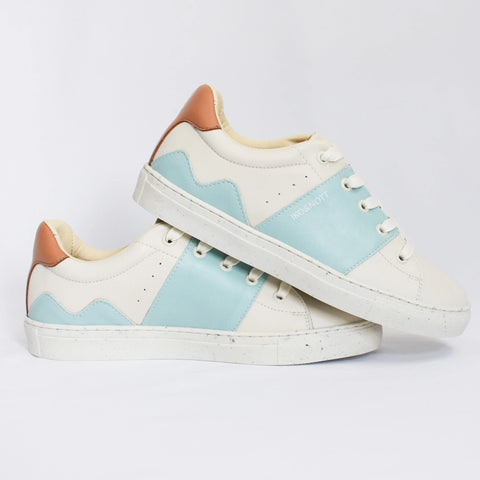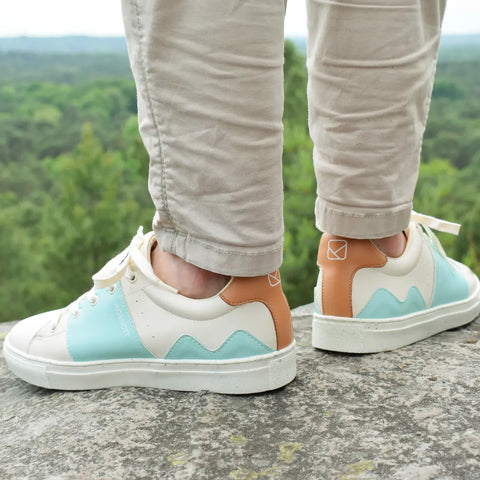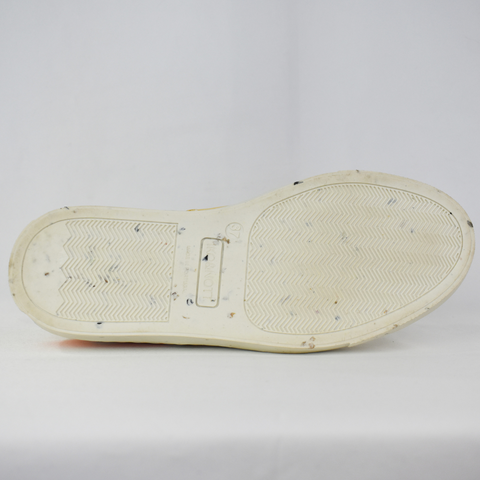Suffering from pain above the foot because of your shoes can quickly become a nightmare. Whether you are wearing new shoes or walking in worn-out shoes, it is essential to understand the causes of this pain to better prevent it and choose shoes that respect your feet.
What causes pain above the foot?
Pain above the foot can be caused by several factors. Here's a look at the main causes to help you identify the problem.
Poorly fitting shoes: common mistakes
Choosing the wrong shoes is one of the main causes of pain above the foot. Shoes that are too tight, ill-fitting, or that do not provide good heel support can cause excessive friction and pressure. These mistakes are common, especially when choosing shoes based on fashion rather than comfort.
Posture and walking problems
Your walking style and posture play a crucial role in the health of your feet. Poor posture can cause weight to be distributed unevenly across your feet, increasing pressure on certain areas, especially the top of the foot, causing pain and discomfort.
Tendinitis and inflammation of the extensor tendons
Tendonitis, particularly of the extensor tendons located on the top of the foot, is common in people who wear shoes that are too tight or ill-fitting. These inflammations can be very painful and often require a change in footwear and lifestyle to be treated effectively.
Other possible causes: fractures, metatarsalgia, etc.
In addition to the causes mentioned, stress fractures, metatarsalgia (pain in the sole of the foot) or even poorly fitting ski boots can also cause pain above the foot. It is important to recognize these symptoms and act quickly to avoid complications.
Symptoms and Signs of Pain Above the Foot
Recognizing the symptoms of pain is essential to choosing the right treatment and preventing future problems.
Pain and swelling: what do they mean?
A painful foot that is swollen can indicate inflammation from ill-fitting shoes, or worse, a more serious injury like a fracture. Swelling is often a sign that the foot is under too much pressure or is not properly supported, especially if you wear shoes all day.
How to identify the source of pain?
To identify the cause of your pain, it is important to look at your walking habits, the type of shoes you wear, and the onset of symptoms. Take note if the pain increases with certain shoes or after certain activities. A healthcare professional can help you make an accurate diagnosis.
How to Avoid Shoe Pain
Choosing the right shoes: what you need to know
When buying shoes, look for shoes that offer good heel support, ventilation, and enough room for your toes. Leather shoes, for example, soften over time and can provide lasting comfort. Also, make sure you choose the right size to avoid chafing and blisters.
Adapt your physical activity to protect your feet
It's important to adapt your activities to the shoes you wear. For example, wearing walking shoes for long hikes or athletic shoes for exercise can help prevent pain above the foot. Also, remember to warm up properly before any physical activity to reduce the risk of injury.
Other practical tips for preventing pain
Wearing the right socks, avoiding wearing the same shoes every day, and using orthopedic insoles if necessary are simple but effective tips to prevent pain. Also make sure your shoes fit well and are not too worn.
Solutions and Treatments for Pain Above the Foot
Home care: the RICE method
The RICE (Rest, Ice, Compression, Elevation) method is an effective treatment to reduce inflammation and pain above the foot. Apply ice to the painful area, compress with a bandage, and elevate your foot to reduce swelling.
When to consult a healthcare professional?
If the pain persists despite home care, it is essential to consult a healthcare professional. A podiatrist will be able to assess your condition and recommend appropriate treatments, such as orthopedic insoles or specific exercises.
Treatments recommended by podiatrists
Podiatrists can prescribe foot orthotics to correct posture problems and relieve pain. They can also recommend exercises to strengthen foot muscles and improve walking.
How to choose shoes that don't hurt?
Selection criteria for optimal comfort
Look for shoes with good heel counters, cushioning soles, and plenty of room for your toes. Shoes with soft, seamless interiors can also help prevent irritation and pain.
The benefits of IKO&NOTT shoes to prevent pain above the foot
IKO&NOTT shoes have been specially designed to meet the needs of people looking to avoid pain above the foot while maintaining a modern and elegant style. Here's why they are an ideal choice for you:





